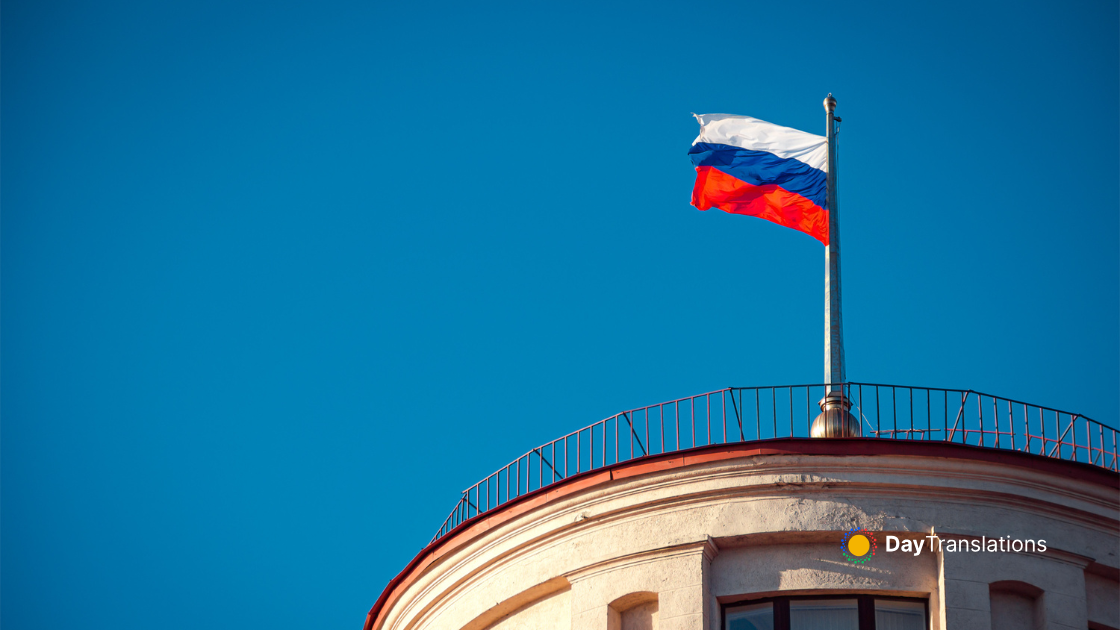Geography of Japan: Important Geographical Information about Japan
In this Country Profile
Japan is a spectacular country to visit, full of history and a cultural depth that is hard to find anywhere else. The Japanese scenery is as diverse as its history, culture and tradition. Japan’s natural landscape is filled with rocky terrain, mountains, lush forests, waterfalls and diverse plant life.
Japan is an island nation in East Asia comprising a large stratovolcanic archipelago extending along the Pacific coast of Asia. Japan’s closest neighbors are Korea, Russia and China. The Sea of Japan separates the Asian continent from the Japanese archipelago.
The main islands, sometimes called the “Home Islands”, running from north to south, are Hokkaido, Honshu (or the mainland), Shikoku, Kyushu, and Okinawa. There are also about 3,000 smaller islands, including Okinawa, and islets, some inhabited and others uninhabited.
Japan is a rugged land of high mountains and deep valleys, with many small plains. About four-fifths of Japan is mountainous (or hilly), with a mountain range running through each of the main islands. In central Honshu, especially in what are sometimes called the Japanese Alps, numerous peaks crest between 8,000 and 10,500 feet (2,400 and 3,200 m). The highest point in the Japanese Alps is Mount Kita at 3,193 meters. Many of these mountains contain dormant and active volcanos, including the famous Mount Fuji, which last erupted in 1707. Japan’s highest mountain is Mt. Fuji, with an elevation of 3,776 m (12,388 ft). Japan also lies on a major earthquake fault line. It lies in a volcanic, earthquake-prone belt called the Ring of Fire, which fringes most of the Pacific basin.
None of the populated plains or mountain basins are extensive in area. The largest, the Kanto Plain, where Tokyo is situated, covers only 13,000 square kilometers. Other important plains are the Nobi Plain surrounding Nagoya, the Kinki Plain in the Osaka-Kyoto area, the Sendai Plain around the city of Sendai in northeastern Honshu, and the Ishikari Plain on Hokkaido. Many of these plains are along the coast, and their areas have been increased by reclamation throughout recorded history.
The rivers of Japan are generally short and swift. The longest is the Shinano, some 230 miles (370 km) in length. Virtually all the lakes of Japan are small. The largest is Biwa Lake, covering some 265 square miles (686 km 2)on Honshu.
The great variety of natural environments in Japan support many kinds of animals. Some 140 species of mammals are known. About 450 species of birds are known on the islands. Water birds and songbirds each account for about a third of the species.

Sorry, the comment form is closed at this time.